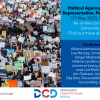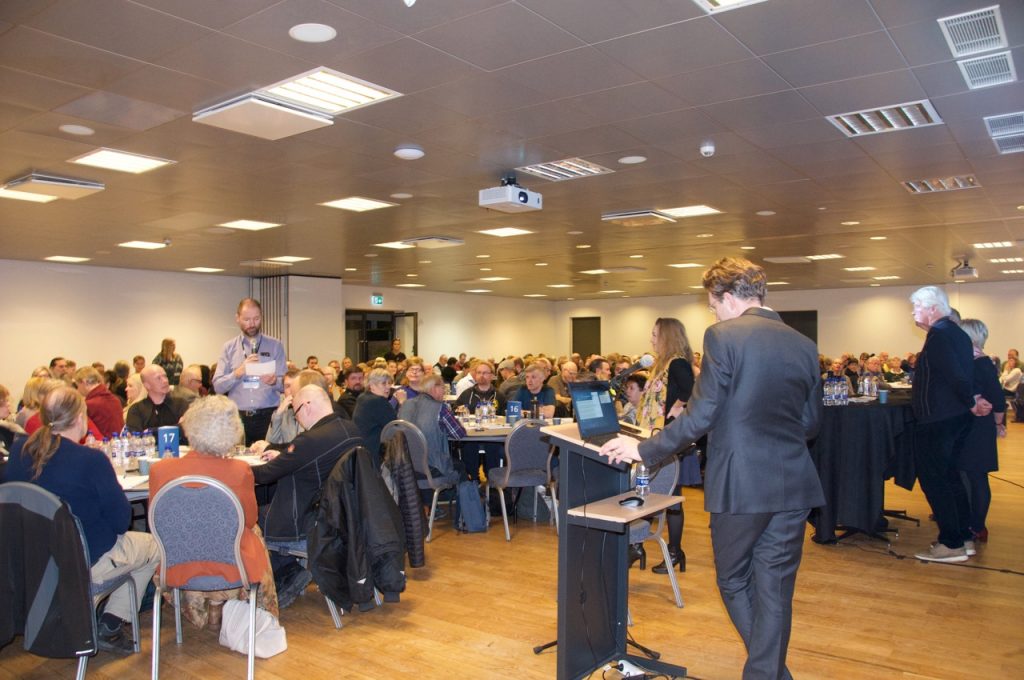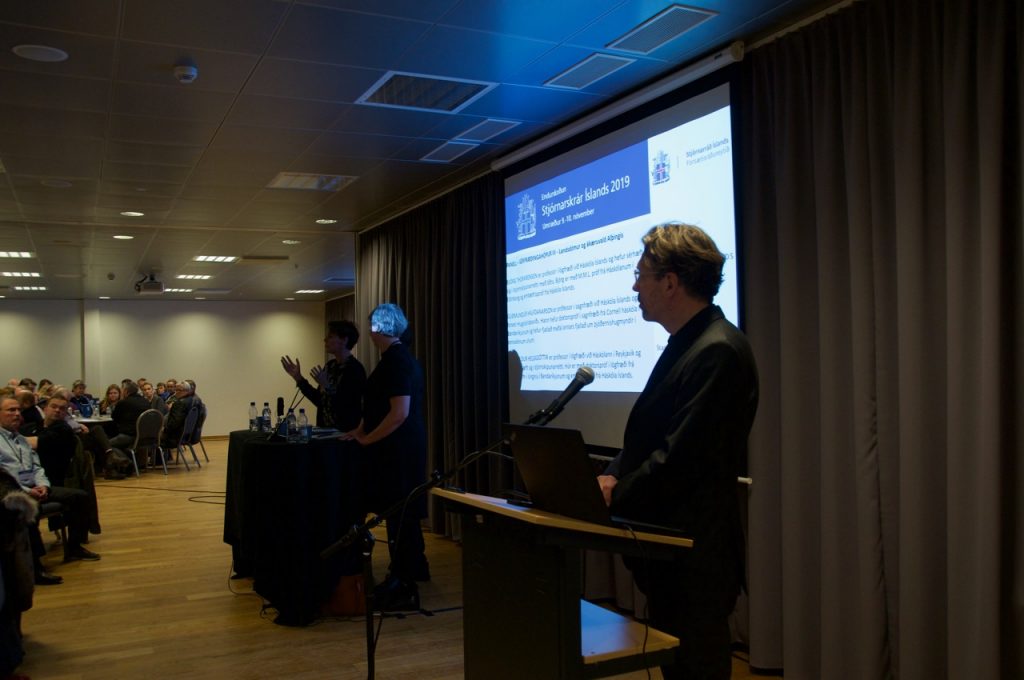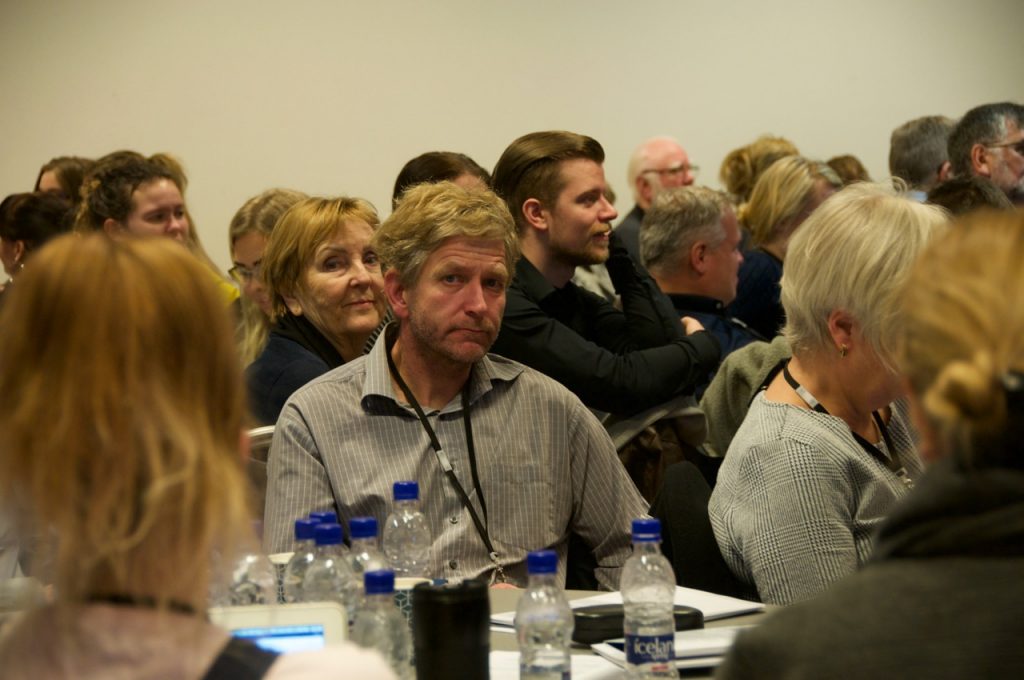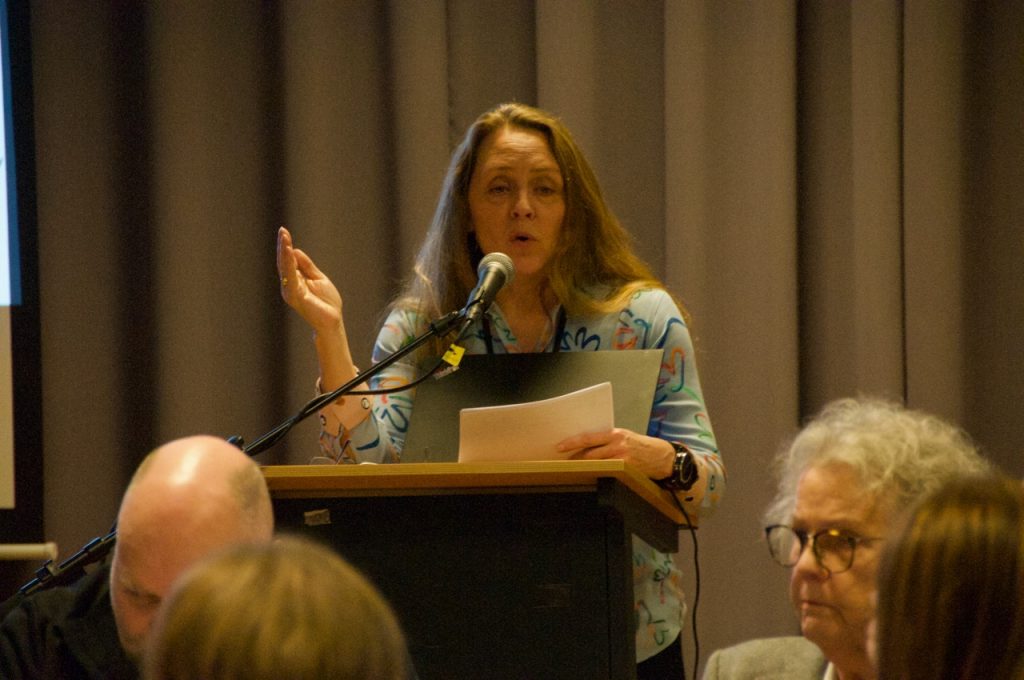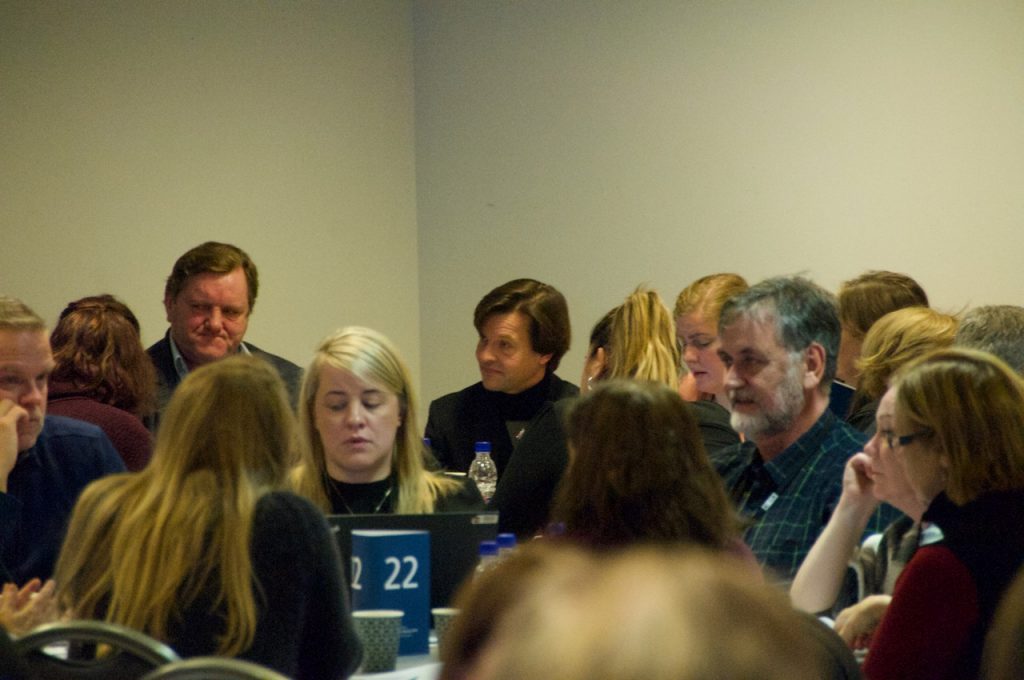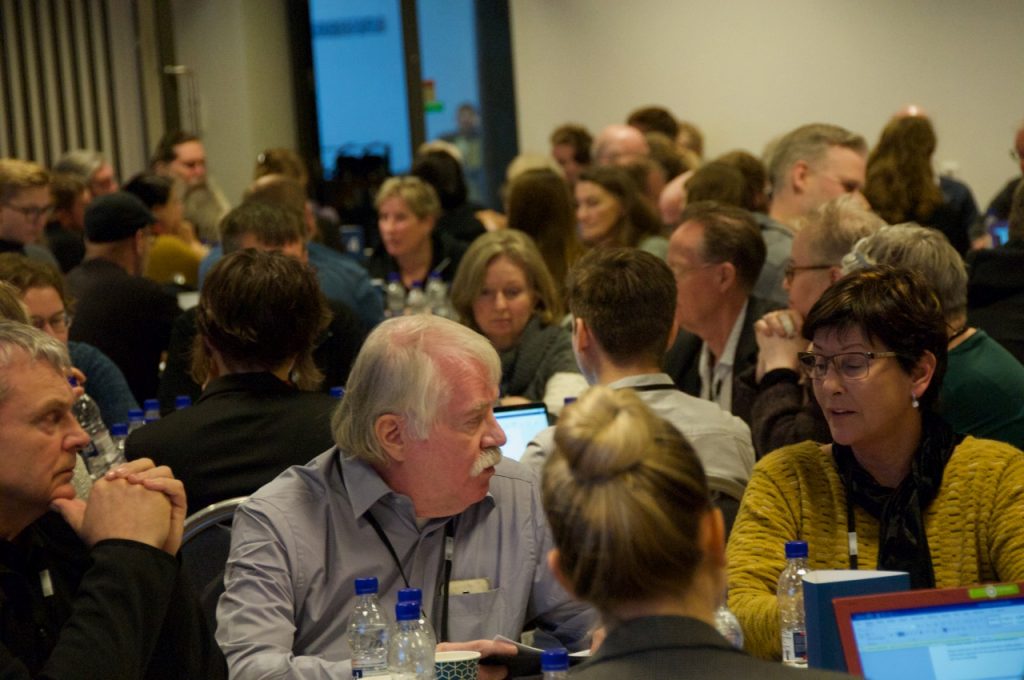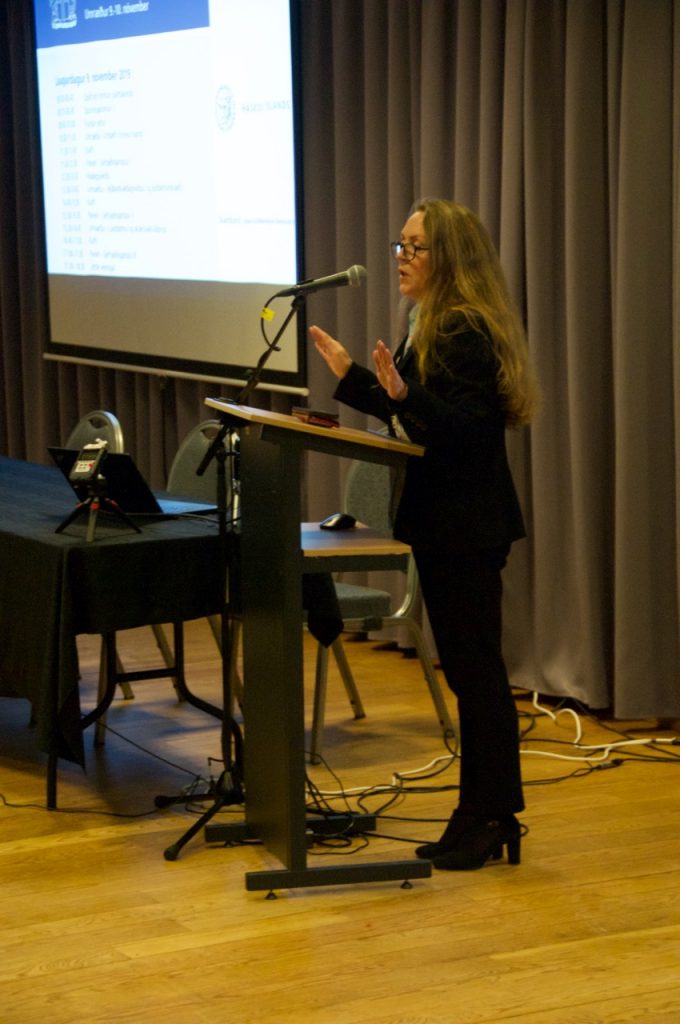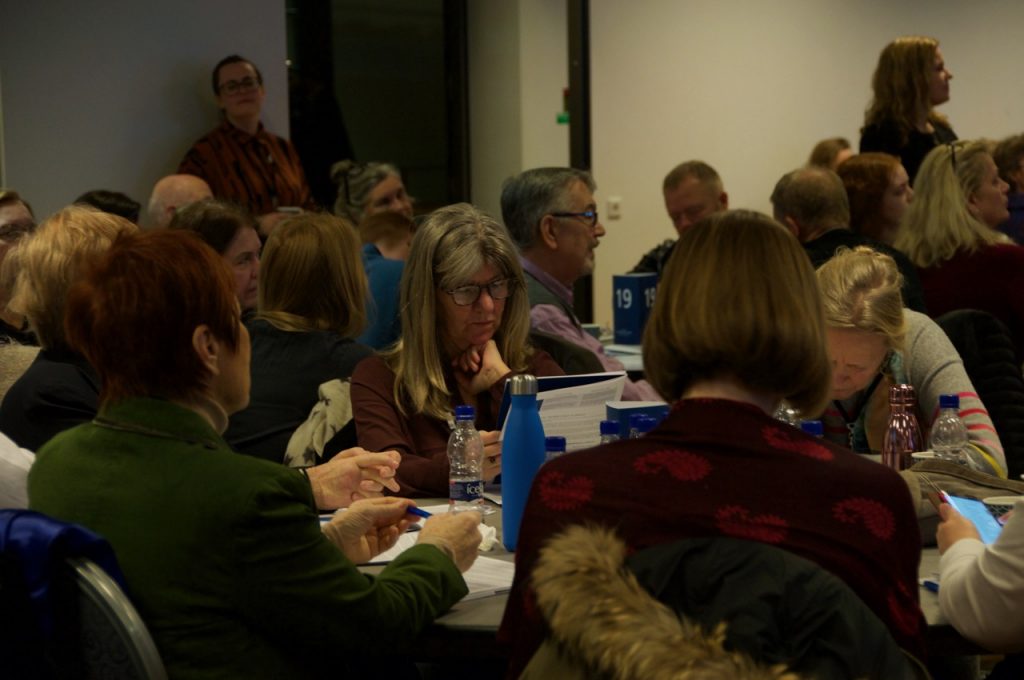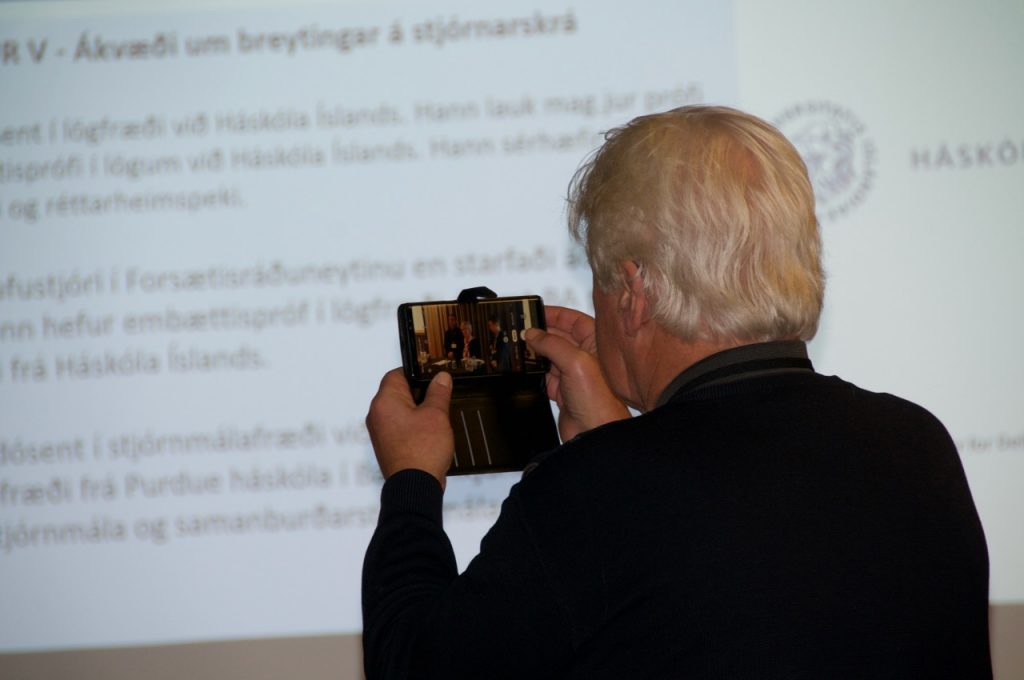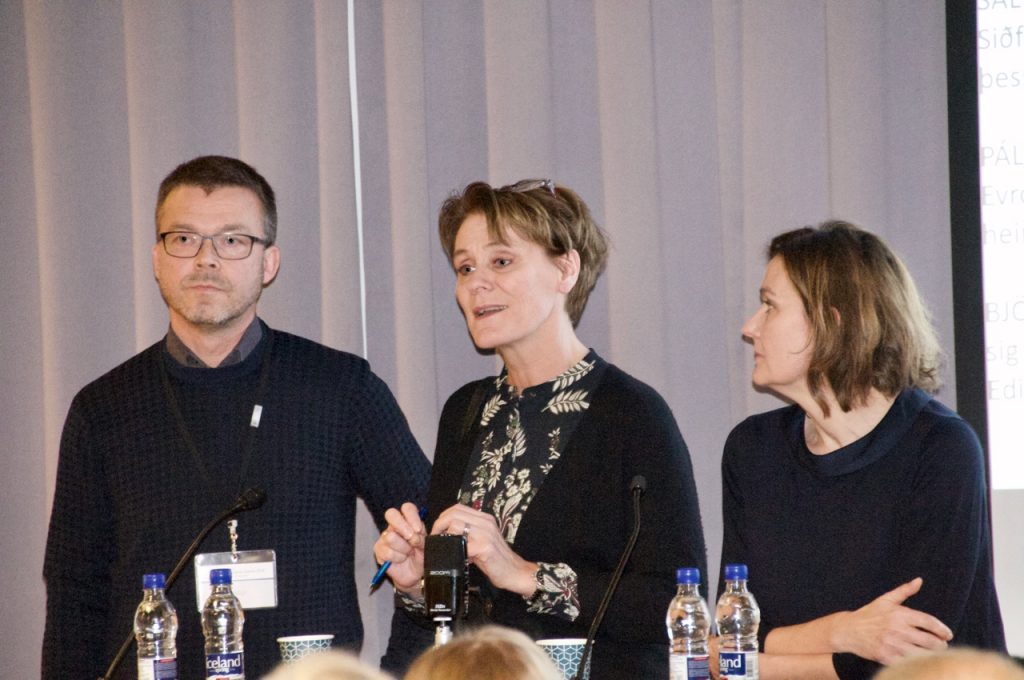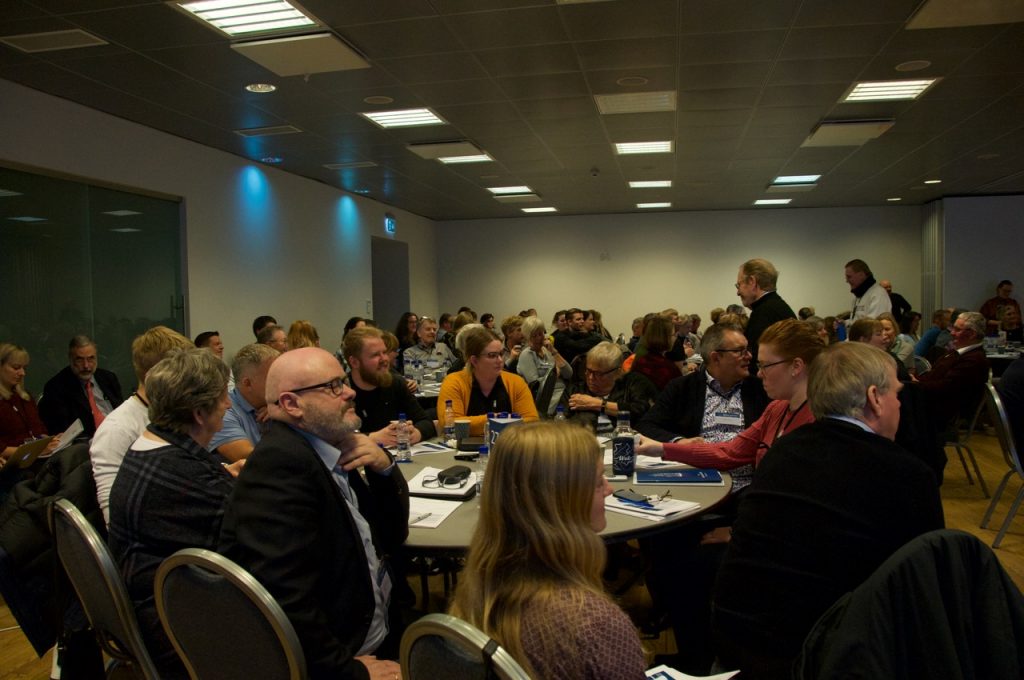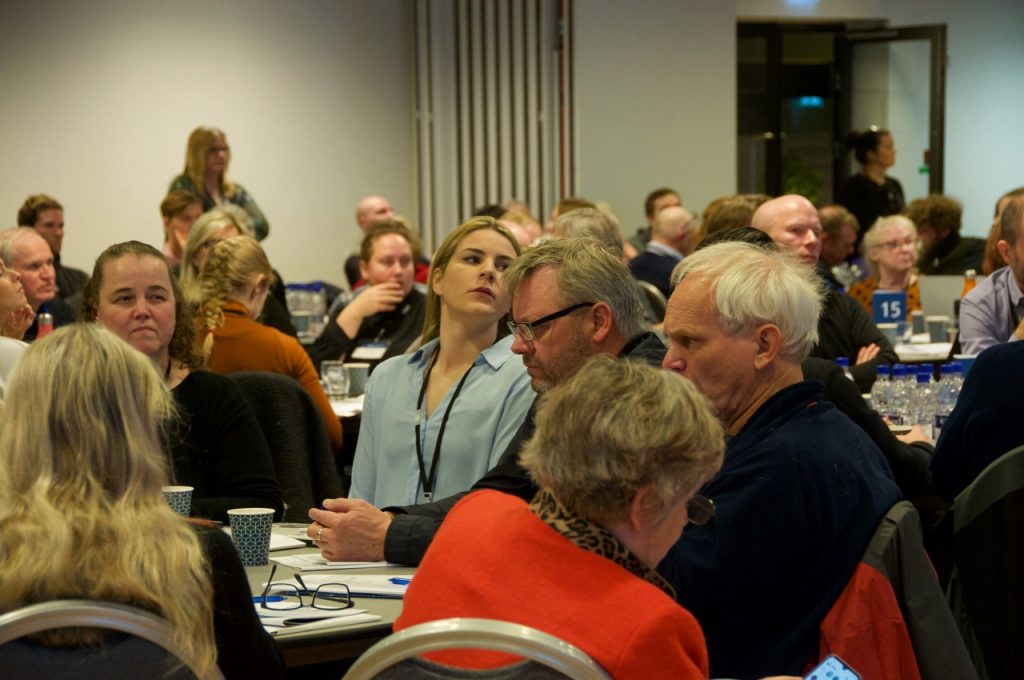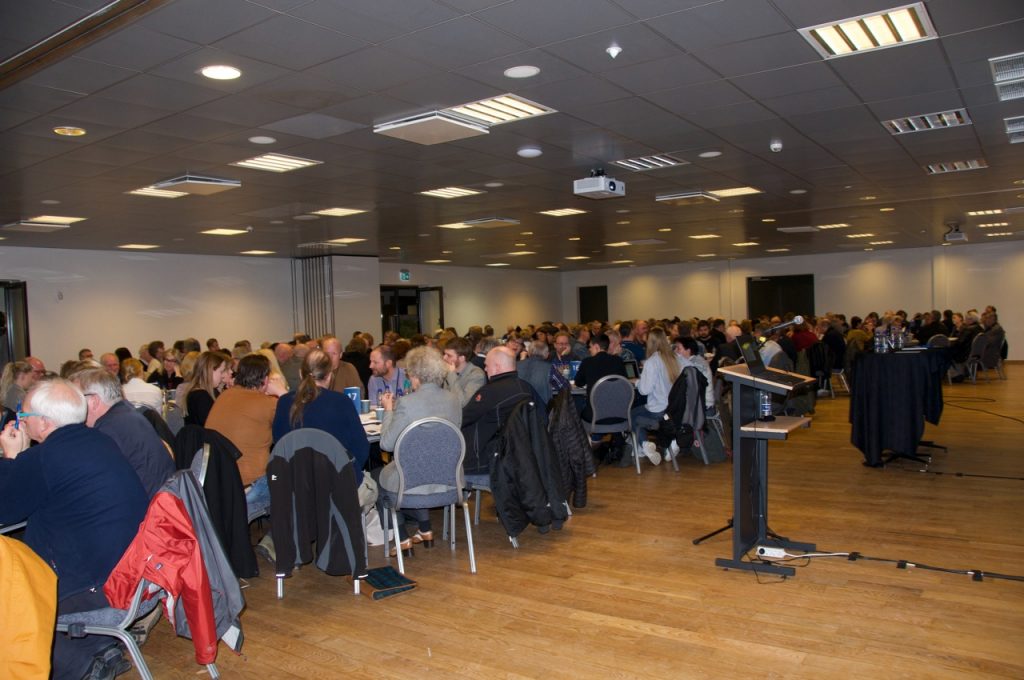
Constitutional revision is just one of the many democratic spheres where public participation as been gaining traction over the last decades. However, many of the ways in which authorities have employed to consult the public are scalable and adaptable to all levels of government. In the new report, States of Participation: International Best Practice in Civic Engagement, Liam O’Farrell, Researcher at the DCD, provides an overview of many of the most prominent methods and examples from different countries. This section contains excerpts from the report plus additional materials from the DCD team.
The following sections introduce different forms of civic engagement, with two case studies for each. There are of course many more case studies that could have been chosen, or alternative methods of engagement that could have been highlighted. These examples are not intended to be exhaustive, but instead to be a starting point that demonstrates the range of methods that are used across the world and highlight some of the successes of each, along with challenges they have encountered.
Further research needs to be done on civic engagement methods that are used in less-developed countries, with particular attention on low-cost solutions that have been used for public engagement in Africa, Asia, and Latin America. The examples given in this report focus almost exclusively on Europe, Canada, Australia, and New Zealand. Furthermore, the significance of local culture and factors such as religion, language, and history cannot be overlooked when considering politics and engagement. What works in Iceland would likely not work in Madagascar without being adapted to local conditions, for instance. These limitations notwithstanding, it is hoped that the examples provided below can inspire further research and exploration of this topic.





